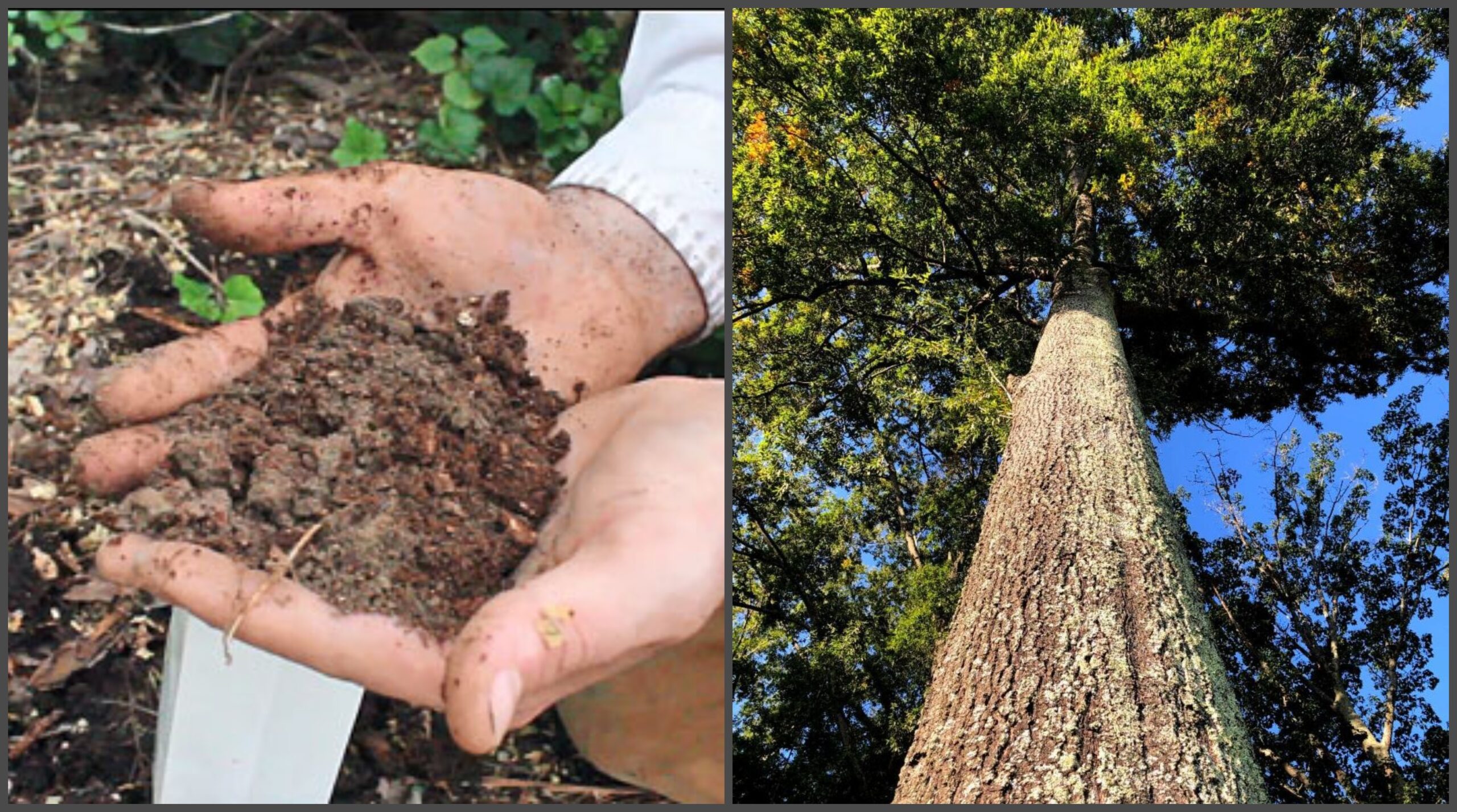Spring is a great time of year to plant a tree, and it’s hardly a coincidence that the annual day to celebrate trees occurs during prime planting season. Officially observed in all 50 states, Arbor Day is celebrated in Virginia on the last Friday of April and is traditionally marked by the planting of trees.
Prepare for successful tree planting with our list of tips. Each tree species is a little different and it never hurts to research or ask questions about your particular tree.
Proper Tree Planting Tips for Arbor Day
It is important to ensure that all new trees added to your landscape are planted properly. This helps to ensure their longevity and health, along with long-term good tree care practices such as watering, pruning, and fertilization.
Arborscapes recommends the following planting guidelines:
- Measure the height and diameter of the root ball or root spread.
- Dig the hole just deep enough to allow the first structural root to be at level grade. The diameter of the hole should be two to three times the diameter of the root ball or root spread.
- Set the tree on undisturbed solid ground in the center of the hole. The tree should be planted so that the root flare, the base of the tree trunk where the roots begin to “flare-out,” will be visible above grade.
- Backfill with soil from the planting hole, using water to pack or settle the soil around the root ball. Do not tamp soil by stepping on it.
- If the root ball is encased in a wire basket and removal of the basket would adversely impact the integrity of the root ball, remove as much of the top portion of the wire as possible once the tree is partially stabilized in the planting hole. This will allow roots to grow and spread feely near the surface.
- Mulch the planting area with 2 to 4 inches of an organic, composted mulch such as wood chips. Do not mulch up to or against the trunk. Start the mulch 6 inches away from the tree trunk.
- Trees should be pruned after planting to remove broken, damaged, diseased or dead branches only. Prune to develop a good branch structure once the tree has become established in its new home, usually one to three years after planting.
- Stake the trunk of the tree if there is a real potential for wind damage (be careful to avoid driving the stake through the root ball). Remove the guy wires (string, rope, wire or other ties used with supports) when the staking is no longer needed (generally after one growing season), or the tree could be injured or even killed from girdling by the wire.
- Fertilization is not recommended at the time of planting.
- Regular and effective irrigation is crucial for root development and establishment.
If you have questions or concerns about your any of your new or existing trees, our arborists are here to help. Give us a call today to schedule an appointment with one of our Consulting Arborists.
